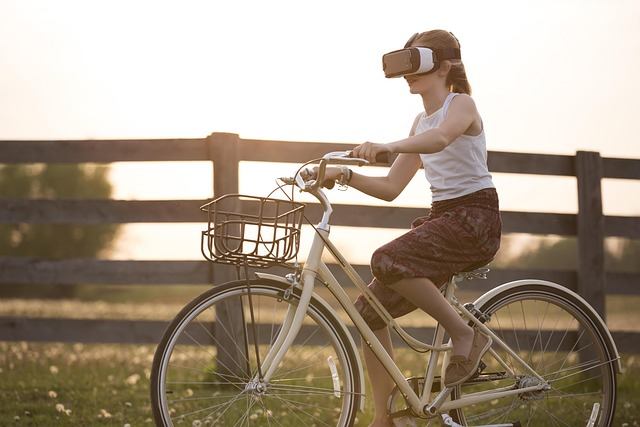The landscape of education is evolving at an unprecedented pace, driven by the integration of technology into learning environments. At the forefront of this revolution are virtual student environments that are reshaping how students engage with content, interact with peers, and absorb knowledge. Among the most transformative technologies in this domain are Virtual Reality (VR), Augmented Reality (AR), and the Metaverse. Each of these has its own unique ways of enhancing the educational experience.
Virtual Reality (VR) immerses students in entirely simulated worlds. Imagine attending a history class where instead of merely reading about ancient Rome from a textbook, you can walk the streets of a reconstructed Roman marketplace. In a VR classroom, students can explore far beyond the confines of traditional rooms, experiencing subjects like never before. The sense of presence that VR creates allows learners to engage with it emotionally and intellectually, fostering a deeper understanding of the material at hand.
On the other hand, Augmented Reality (AR) superimposes digital information onto the real world. Picture a biology student looking at a flower and using AR to visualize the intricate details of its anatomy. With just a smartphone or a pair of AR glasses, students can see layers of information that provide context and depth to their studies. This twist on interactivity makes learning feel less like a chore and more like an exciting adventure, allowing students to explore and interact with their surroundings in dynamic ways.
The integration of the Metaverse takes these concepts even further. The Metaverse is a collective virtual shared space that merges the internet and real-world experiences. In a metaverse classroom, students from different regions can come together in a virtual space, breaking down geographical barriers. They can collaborate on projects, attend lectures, or participate in gamified learning experiences that make education more engaging and accessible. The potential for social interaction in these environments mirrors the teamwork and collaboration that are vital in today’s workforce.
The move towards virtual student environments not only enhances engagement but also addresses diverse learning styles. Whether a student learns best through visual cues, hands-on practice, or auditory instruction, VR, AR, and Metaverse technologies can cater to these needs. As educators begin to adopt these tools, they are finding innovative ways to assess learning and adapt to individual student requirements, ensuring that no one is left behind.
Incorporating these advanced technologies into the educational system requires careful planning and commitment. However, the results have been promising. As teachers become more adept at using VR, AR, and Metaverse platforms, they unlock a world of possibilities that can breathe new life into their lesson plans. Imagine a science teacher orchestrating a virtual lab session where students can perform complex experiments without the hazardous repercussions of the real world. The fear of failure diminishes, encouraging a healthier attitude towards risk and innovation.
Moreover, as students become more familiar with these technologies, they cultivate crucial skills such as digital literacy, critical thinking, and creativity. These skills are essential not only for academic success but also for navigating a world where technology continues to play an increasingly pivotal role. The realization that learning can extend beyond the four walls of a classroom opens up numerous opportunities for lifelong education.
As we continue to explore and refine these virtual student environments, one thing is clear: the future of education is bright, filled with limitless possibilities that engage the mind, inspire creativity, and foster community. As we embrace these changes, we pave the way for a generation of learners who are not just consumers of information but are active participants in their learning journeys.



